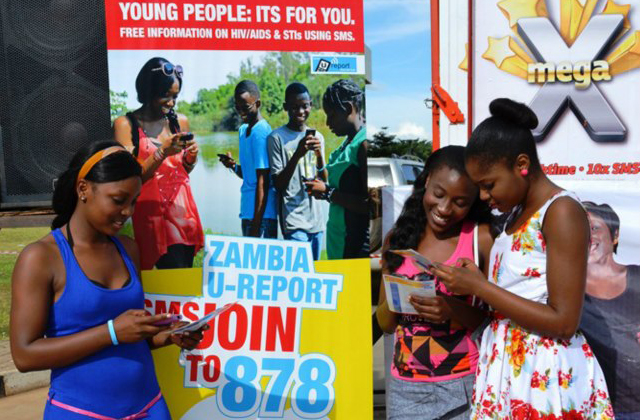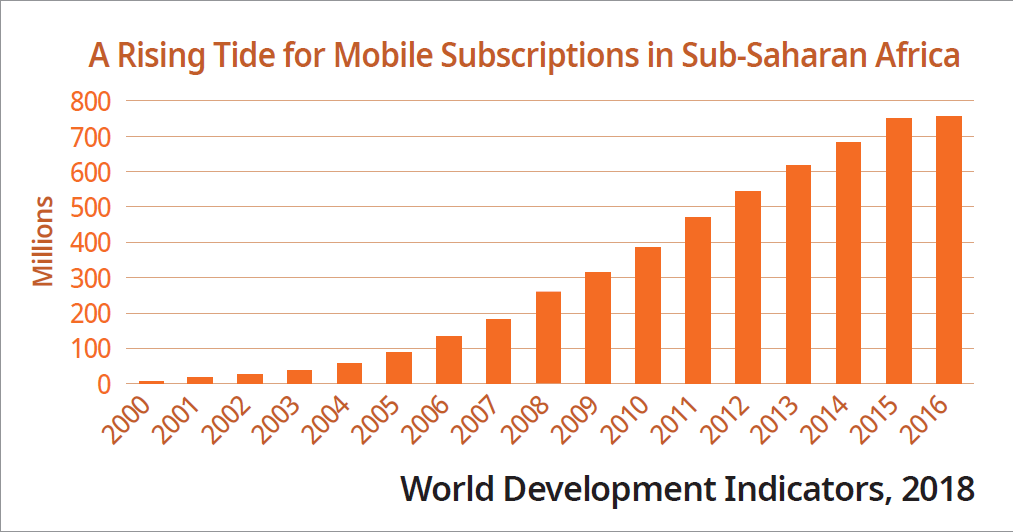The UNPOG Public Governance Quarterly
Leveraging Mobile Phone Technology for Public Governance Delivery in Sub-Saharan Africa (SSA)
Leveraging Mobile Phone Technology for Public Governance Delivery in Sub-Saharan Africa (SSA)

Remarkably, the mobile revolution in Africa brought communication to millions of people within a short span of time. Estimates by Ericsson Mobility reported that mobile subscription in SSA could reach 100 percent, with a projected rise of about 1.02 billion by 2021.1)

The ubiquity of mobile phones is considered a strategic catalyst and has provided the opportunity for promoting innovative service delivery, enhanced governance, and citizens’ engagement for more than ever before, including the marginalized and vulnerable. Arguably, the use of mobile technology has the potential to enhance participation and strengthen accountability, transparency and democracy for citizens.2) Moreover, mobile phones incontrovertibly have provided governments the opportunity to reach people, particularly the unserved and underserved.3) In most of SSA, mobile phones have also played a significant role in empowering the poor and promoting financial inclusion, since it is more applicable, accessible, adoptable, interactive and efficient. For instance, the Kenyan mobile money transfer service M-PESA has revealed how mobile technology could be leveraged for the poor.4) This kind of mobile money technology has been used by governments in SSA to process pension payment and undertake conditional cash transfers, among others, for enhancing public service delivery. A wide range of other prospective services are delivered through mobile phones, such as health care, agriculture, education, employment, and banking and microfinance, to name a few.5) Mobile phones have proven to provide great potential for development and allow people in remote and deprived areas to derive economic and social benefits, which invariably contributes to the SDGs (especially goals 1, 2, 3, 4 and 10) as a people-centered and inclusive solution.6)
1. Doe, S. (2016, March 22). “Mobile Data Penetration Soars in Africa.” Graphic Online.
2. UNDP. (2012). Mobile Technologies and Empowerment: Enhancing Human Development through Participation and Innovation.
3. Raja, S., Melham, S., et al. (2012). “Making Government Mobile.” In Information and Communications for Development, World Bank Group.
4. Bhatnagar, S. (2014). Public Service Delivery: Role of Information and Communication Technology in Improving Governance and Development Impact. Manila: Asian Development Bank.
5. Hellström, J. (2008). Mobile Phones for Good Governance – Challenges and Way Forward.
6. Watters, A. (2010, April 19). Cell Phones and Sustainable Development: The Future Is Mobile. Justmeans.
5. Hellström, J. (2008). Mobile Phones for Good Governance – Challenges and Way Forward.
6. Watters, A. (2010, April 19). Cell Phones and Sustainable Development: The Future Is Mobile. Justmeans.
Samuel Danaa and Lee Hun-Jai
Interns, UNPOG, DPADM, UN DESA


